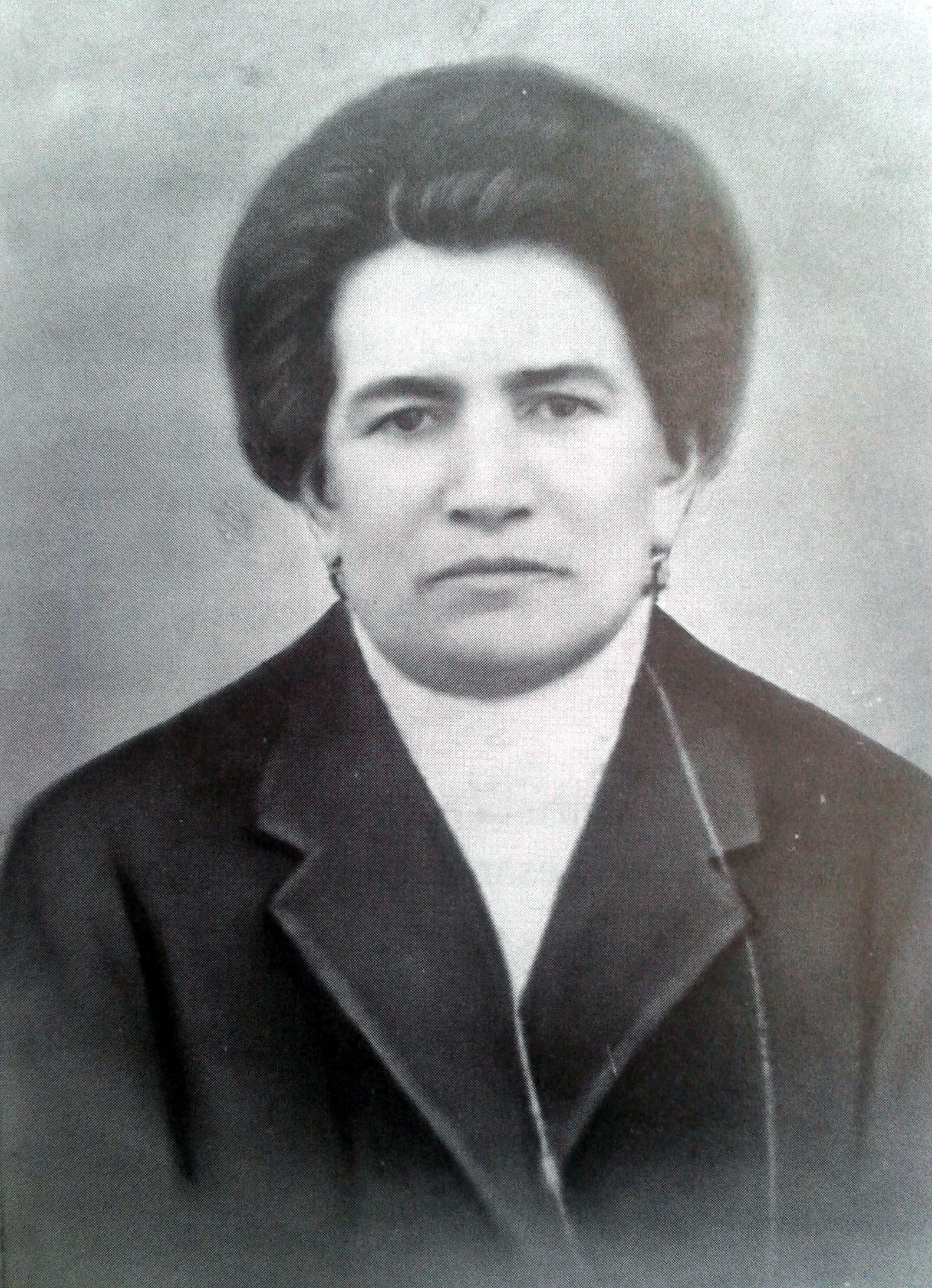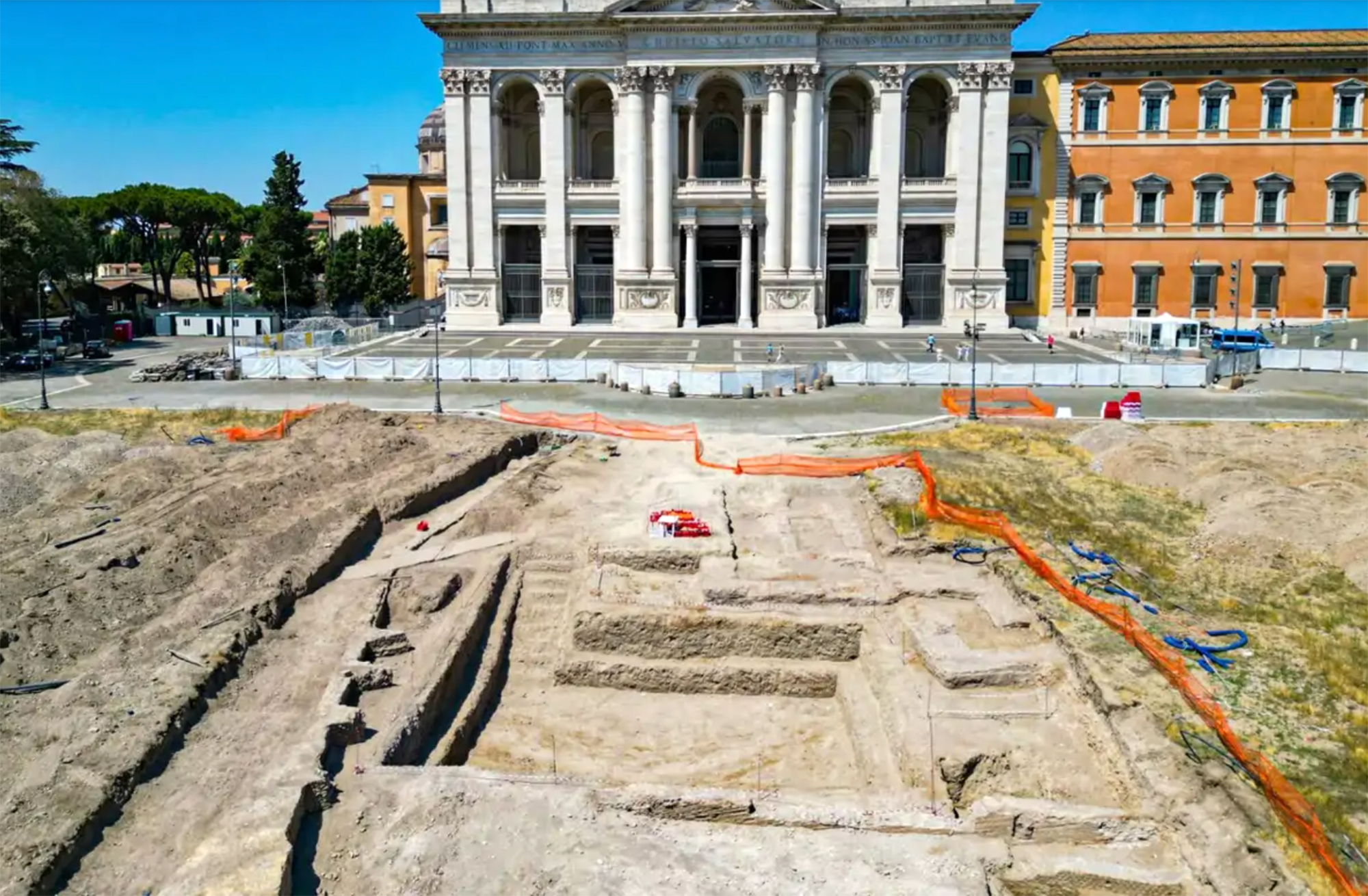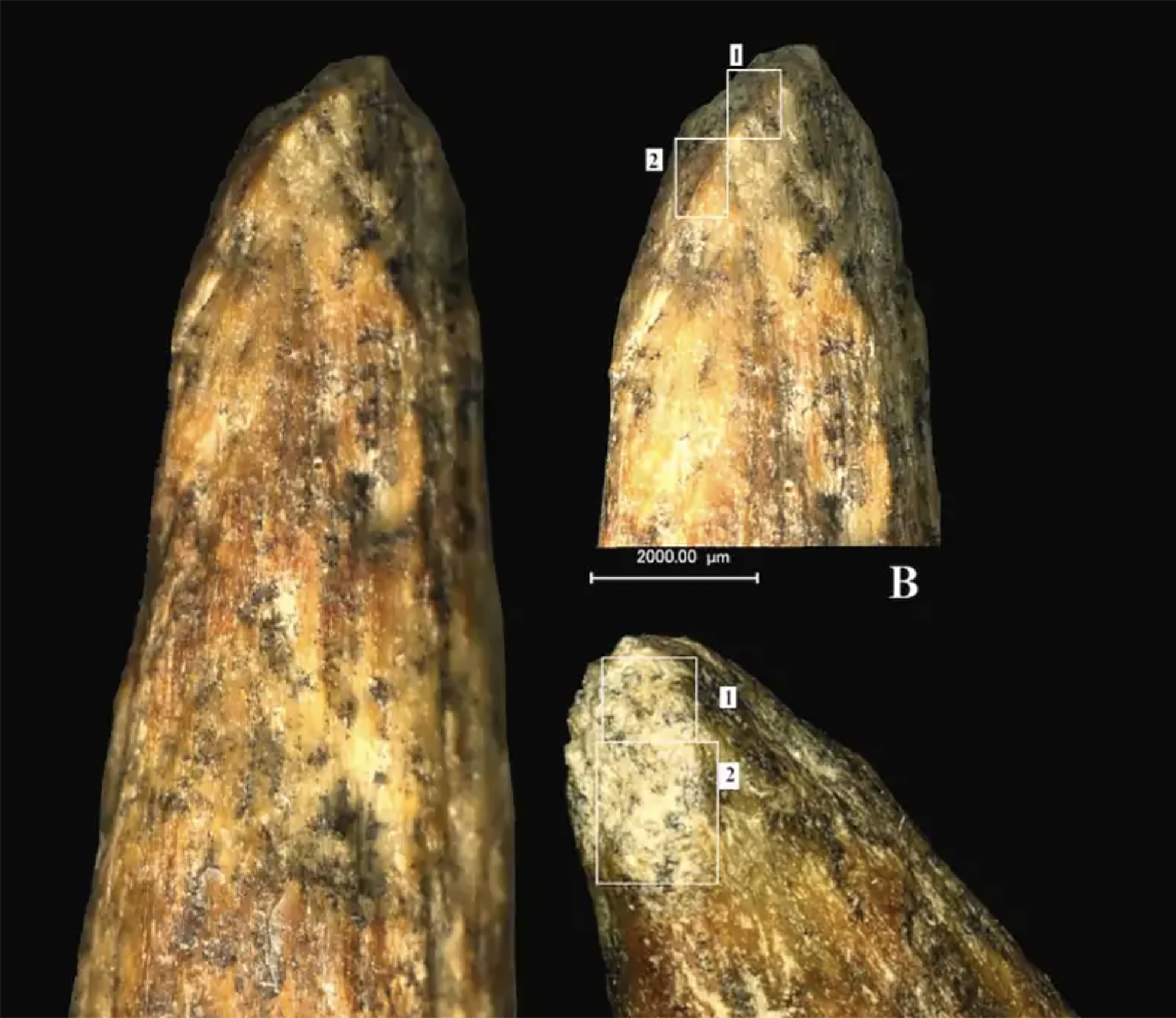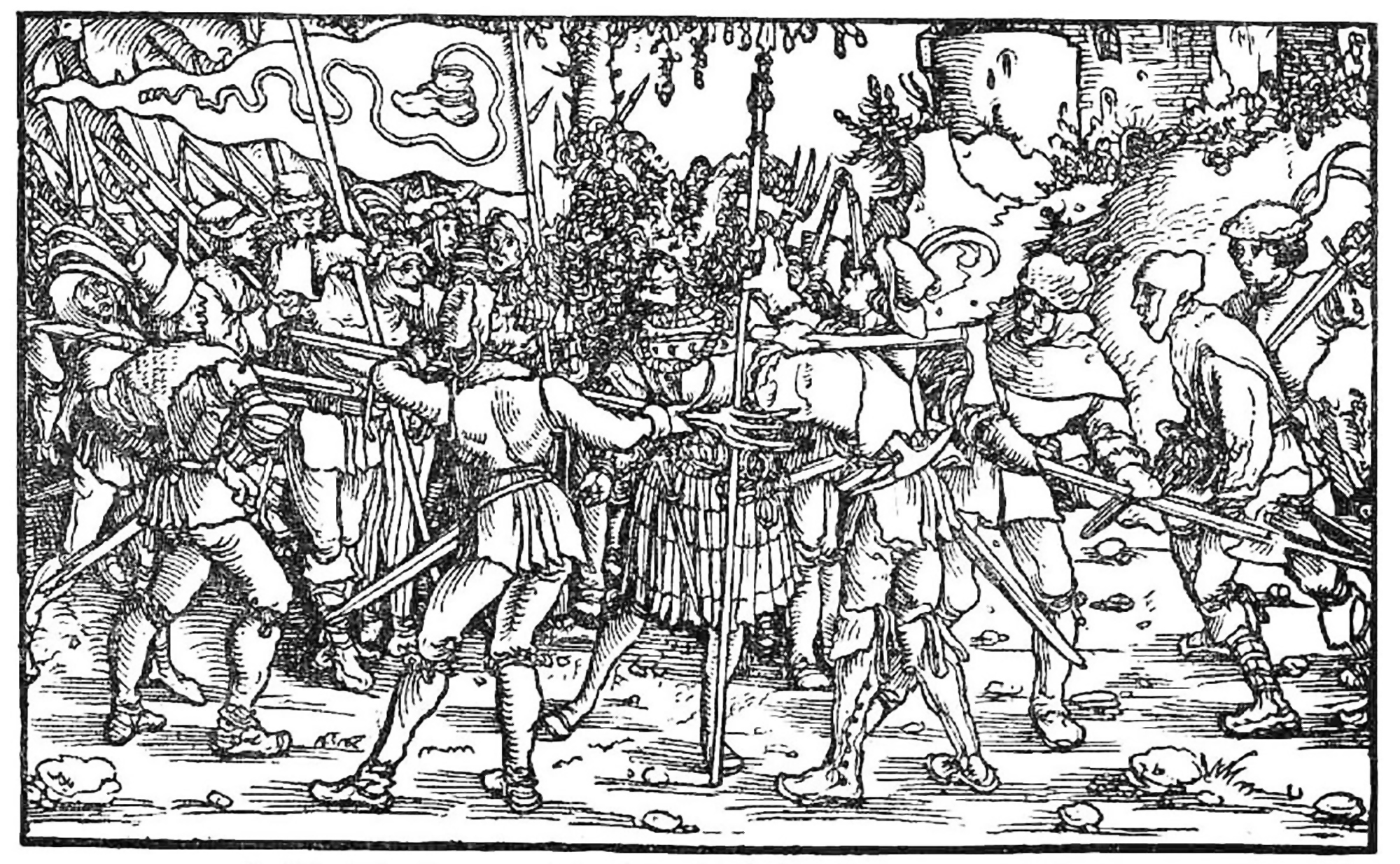The Baztanga Revolt in Hernani
- Hernani (Gipuzkoa), April 1918. Faced with the appearance of several cases of smallpox in the vicinity of Lasarte and Hernani, the governor of Gipuzkoa ordered the adoption of several measures: Vaccinate the population of Lasarte, the jockeys of the racecourse and the staff of the corrals (the outbreak occurred around the racetracks) and transfer seven sick people from Lasarte to the House of Beneficence of Hernani, in the hope that they were better isolated there.

The disease was known in Hernani, and the measure triggered fear in the locality. The City Council asked the governor and other presidents to suspend the transfer of the sick, but it was in vain. With the official shortcuts exhausted, on the 2nd day, the neighbors filled the roads between Lasarte and Hernani with barricades and confronted the civil guards in the Zinkoenea area. “With carriages, barrels, tables and other artifacts the road of the streets and the road of San Sebastian was closed,” El Diario Vasco said the following day. They were even about to burn the House of Beneficence.
But the rebels got the goal, they returned to get the sick back to Lasarte and the Hernaniarras celebrated the news with a popular meal on the Ezkiaga walk. During that meal a village bertsolari went up to the table and, sitting on the bench, threw 24 verses that he himself had put, in a detailed detail of what happened. This bertsolari was Matea Joxepa Zubeldia Elizegi (1867-1947).
Stitxu Eizagirre told us in the book Bertsoaren haria Hernanin (2014) the existence of this young bertsolari. And that woman, Joxepa Zubeldia, realized the main protagonists of the baztanga revolt: women. The press suggested their participation by saying that behind the barricades “women and children were placed”, but the verses of Zubeldia describe the true shadow that women hernaniards
had in these events:
Many women
took us to
the road and
as we
got closer, the senior
civil servant told
us that they could take us home so that the blood would run out.
Mikela ta
Axentxi strong partner!
Ayek followed
the
Nuns and the young
Nexkatx
and Andriak very rich and poor ladies.
We got
our hands on the work
without
lunch
that my
husband had left
us, without lunch, and with oil we burned the hospital with yoke water.
Pond of Venice, year 452. Prompted by the Huns' invasion, several inhabitants of the interior of the Italian peninsula took temporary refuge in the swampy area. But the Lombard invasions came in a few years, and it would become a permanent home for those immigrants. It was a... [+]
During a routine excavation in the Piazza San Giovanni in Laterano in Rome, archaeologists carried out the IX-XIII. They unexpectedly found the remains of a palace dating back to the centuries. And they think it could be the residence of the popes of the time. In other words,... [+]
The Indus Valley, about 5,000 years ago. The city of Mohenjo-Daro had about 35,000 inhabitants and, according to recent PNAS publication, had a very low Gini coefficient of 0.22 – a coefficient that measures the economic inequality of societies through the degree of... [+]
More and more studies indicate that Neanderthals had more advanced cognitive abilities than previously thought. The latter, published in the Journal of Archeological Science, refers to the spearhead of bone found in the Mezmaiskaya cave in Russia in 2003.
Using microscopy,... [+]
In the Chinese province of Shanxi, in a tomb of the Tang dynasty, paintings depicting scenes from the daily lives of the dead are found. In one of these scenes a blonde man appears. Looking at the color of the hair and the facial expression, archaeologists who have studied the... [+]
Carthage, from B.C. Around the 814. The Phoenicians founded a colony and the dominant civilization in the eastern Mediterranean spread to the west. Two and a half centuries later, with the decline of the Phoenician metropolis of Tyre, Carthage became independent and its... [+]
Rudolf Botha hizkuntzalari hegoafrikarrak hipotesi bat bota berri du Homo erectus-i buruz: espezieak ahozko komunikazio moduren bat garatu zuen duela milioi bat urte baino gehiago. Homo sapiens-a da, dakigunez, hitz egiteko gai den espezie bakarra eta, beraz, hortik... [+]
Böblingen, Holy Roman Empire, 12 May 1525. Georg Truchsess von Waldburg overthrew the Württemberg insurgent peasants. Three days later, on 15 May, Philip of Hesse and the Duke of Saxony joined forces to crush the Thuringian rebels in Frankenhausen, killing some 5,000 peasants... [+]
During the renovation of a sports field in the Simmering district of Vienna, a mass grave with 150 bodies was discovered in October 2024. They conclude that they were Roman legionnaires and A.D. They died around 100 years ago. Or rather, they were killed.
The bodies were buried... [+]
Washington, D.C., June 17, 1930. The U.S. Congress passed the Tariff Act. It is also known as the Smoot-Hawley Act because it was promoted by Senator Reed Smoot and Representative Willis Hawley.
The law raised import tax limits for about 900 products by 40% to 60% in order to... [+]
Until now we have believed that those in charge of copying books during the Middle Ages and before the printing press was opened were men, specifically monks of monasteries.
But a group of researchers from the University of Bergen, Norway, concludes that women also worked as... [+]
Florentzia, 1886. Carlo Collodi Le avventure de Pinocchio eleberri ezagunaren egileak zera idatzi zuen pizzari buruz: “Labean txigortutako ogi orea, gainean eskura dagoen edozer gauzaz egindako saltsa duena”. Pizza hark “zikinkeria konplexu tankera” zuela... [+]
Linear A is a Minoan script used 4,800-4,500 years ago. Recently, in the famous Knossos Palace in Crete, a special ivory object has been discovered, which was probably used as a ceremonial scepter. The object has two inscriptions; one on the handle is shorter and, like most of... [+]
Londres, 1944. Dorothy izeneko emakume bati argazkiak atera zizkioten Waterloo zubian soldatze lanak egiten ari zela. Dorothyri buruz izena beste daturik ez daukagu, baina duela hamar urte arte hori ere ez genekien. Argazki sorta 2015ean topatu zuen Christine Wall... [+]
Bilbo, 1954. Hiriko Alfer eta Gaizkileen Auzitegia homosexualen aurka jazartzen hasi zen, erregimen frankistak izen bereko legea (Ley de Vagos y Maleantes, 1933) espresuki horretarako egokitu ondoren. Frankismoak homosexualen aurka egiten zuen lehenago ere, eta 1970ean legea... [+]

























